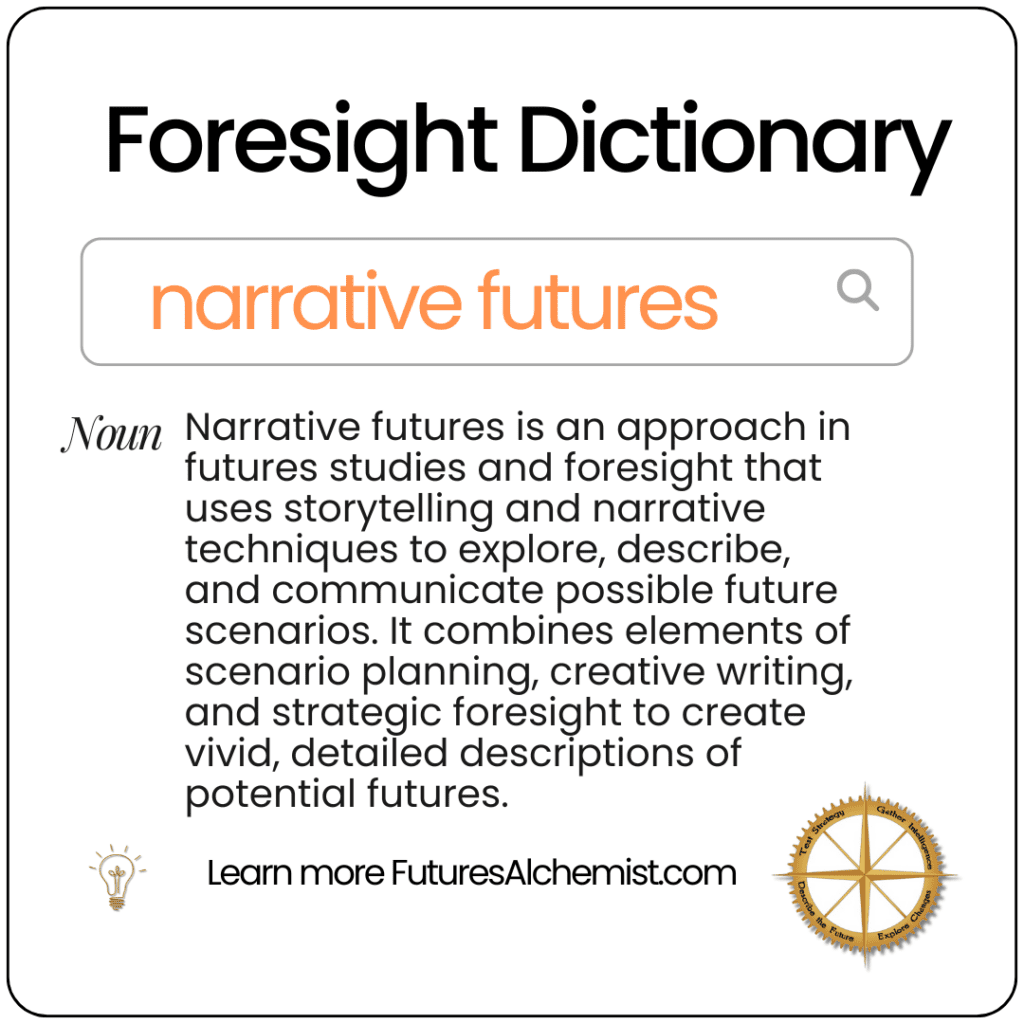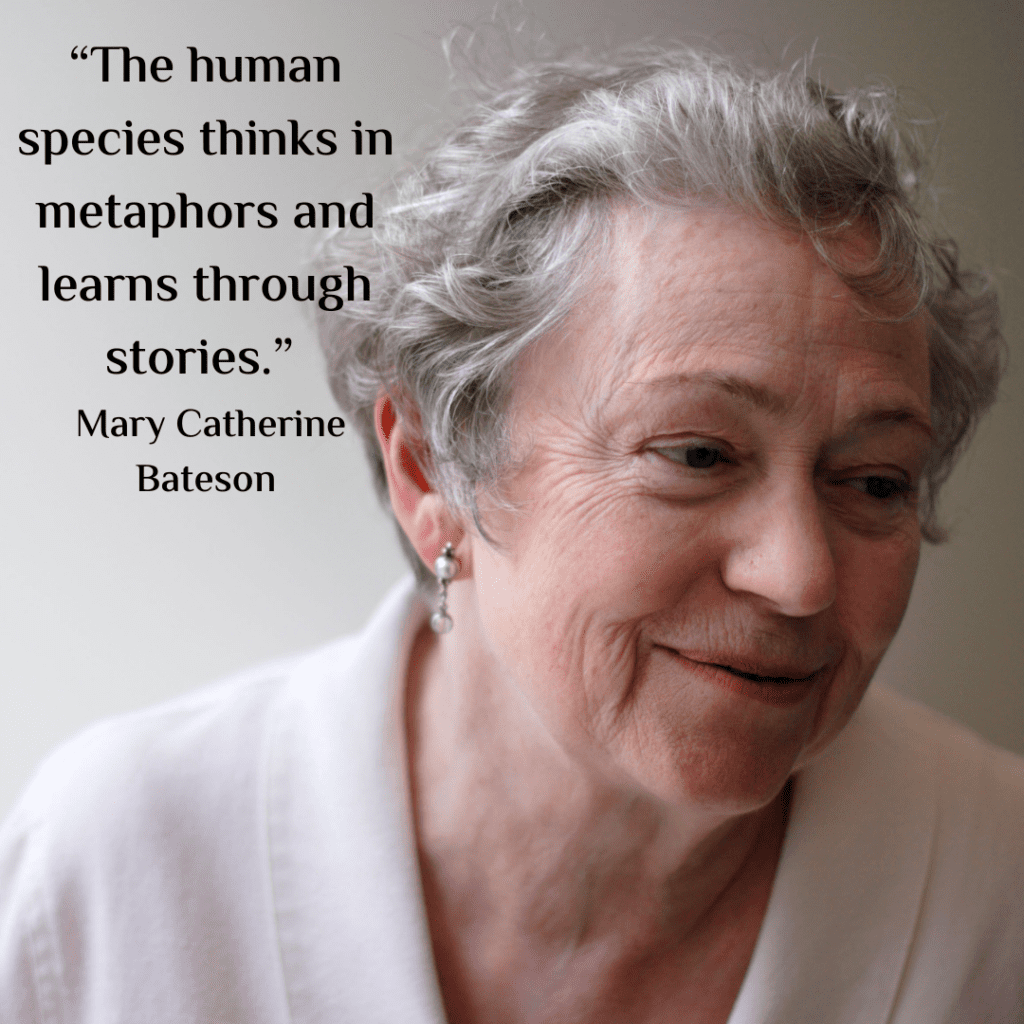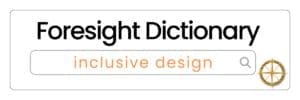

Definition
Narrative futures is an approach in futures studies and foresight that uses storytelling and narrative techniques to explore, describe, and communicate possible future scenarios. This method leverages the power of stories to make complex future possibilities more accessible, engaging, and relatable to audiences. It combines elements of scenario planning, creative writing, and strategic foresight to create vivid, detailed descriptions of potential futures.
Example
Mont Fleur Scenarios (again. See Co-creation as well)
A notable real-world example of narrative futures in action is the “Mont Fleur Scenarios” developed in South Africa in 1991-1992. During the transition from apartheid, a diverse group of South African leaders came together to create four possible scenarios for the country’s future. These scenarios were given narrative names like “Ostrich” (ignoring the need for change), “Lame Duck” (ineffective transition), “Icarus” (unsustainable economic policies), and “Flight of the Flamingos” (inclusive growth and democracy). These narrative scenarios helped to facilitate discussions about the country’s future and influenced policy decisions during a critical period of change.
Ask yourself
- How can I use storytelling to make future scenarios more vivid and relatable?
- What cultural or societal narratives might shape our perception of the future?
- How might different stakeholders interpret the same future narrative differently?
- What unexpected plot twists could dramatically alter the trajectory of a future scenario?
- How can I balance creativity and plausibility in crafting narrative futures?
- What role do characters and personal stories play in making future scenarios compelling?
- How might narrative futures influence decision-making and strategic planning?
Tools
- Scenario Planning: Developing multiple coherent stories about possible futures.
- Future Wheels: Mapping out potential consequences of a future event or trend.
- Causal Layered Analysis: Examining futures at different levels, including the narrative/myth level.
- Speculative Fiction Prototyping: Using science fiction narratives to explore future technologies and their impacts.
- Backcasting: Creating a desirable future narrative and then working backward to identify necessary steps.
- Three Horizons Framework: Exploring how the dominant narratives might change over time.
- Futures Literacy Labs: Collaborative workshops that often incorporate narrative elements to explore futures.

Speculative Fiction series
Years and Years, a limited series produced by BBC and HBO shows the effects on a family as life becomes incredibly tumultuous because of interesting drivers of change including social, values, politives, legislation, technology. It is billed as ‘dystopian’ and for much of the story it certainly feels that way, but the ending, for me, demonstrated how humanity adjusts, eventually and mostly painfully, to new realities. As a Narrative tool it is exceptional in demonstrating how we can respond, how we can resist and find ourselves irrelevant in the future, and how we can embrace new opportunities and expressions of life.





